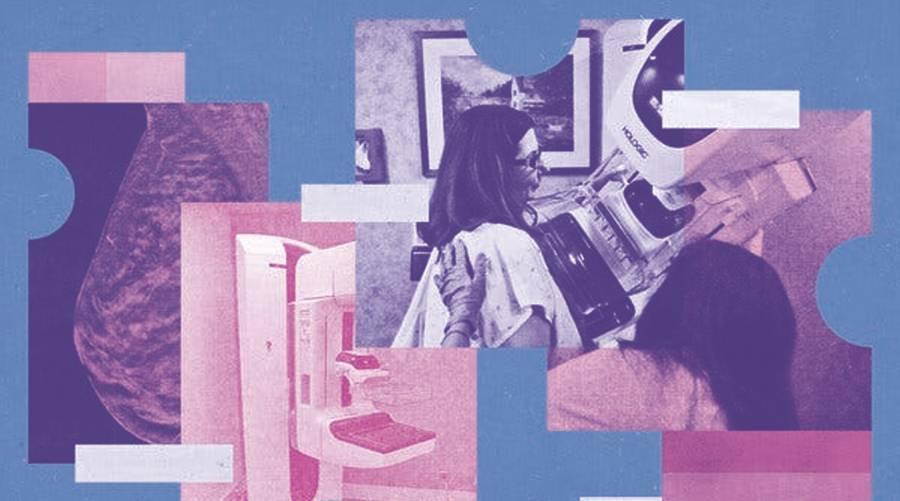WASHINGTON: Women undergoing routine breast cancer screening are increasingly being offered 3D mammograms, also known as digital breast tomosynthesis (DBT). This advanced imaging technique has been gaining ground for its promise of improving cancer detection while reducing false positives. But how does it compare to traditional mammograms? Can it really save more lives?
Unlike conventional 2D mammograms, which capture two X-ray images of the breast (one from above and one from the side), 3D mammograms take multiple X-ray images from various angles. These images are then reconstructed into thin slices, providing a more detailed, layer-by-layer view of the breast tissue.
“Think of it like cutting a loaf of bread,” he explained. Dr. Kathryn Lowry, associate professor of radiology at the University of Washington School of Medicine and physician at the Fred Hutch Cancer Center. “This approach allows us to examine each layer, helping to detect potential anomalies that might otherwise be hidden in a 2D image.”
Emerging research suggests that DBT offers some significant advantages. According to studies, 3D mammograms can detect slightly more cancers than traditional methods while reducing the likelihood of false positives. False positives can lead to unnecessary stress, biopsies, and additional imaging.
Dr. Ilana Richman, assistant professor at Yale School of Medicinenoted, “By the time we fully understand the long-term impact of 3D mammography on cancer mortality, it will likely be the standard screening tool.”
However, experts warn that while the technology looks promising, it is still unclear whether detecting more cancers with DBT will lead to a significant reduction in breast cancer deaths. Detection is just one piece of the puzzle; Early detection should translate into timely and effective treatment to improve survival rates.
The use of DBT has increased in recent years. Federal data reveal that nearly half of all mammography units in the United States are now equipped with tomosynthesis, and more than 90% of breast imaging facilities offer the procedure.
This rapid adoption reflects growing belief in the technology’s potential to improve breast cancer screening outcomes. However, DBT may not be accessible to everyone due to its higher cost and limited availability in some regions.
While 3D mammograms offer a clearer view of breast tissue and can reduce callbacks for additional testing, not all medical centers or insurance plans cover the procedure. Women should discuss their individual risk factors, family history, and screening options with their healthcare provider to determine if 3D mammography is the right option for them.
In the words of Dr. Richman, “It’s not just about better detection; “It is about ensuring that additional findings lead to better outcomes for patients.”




